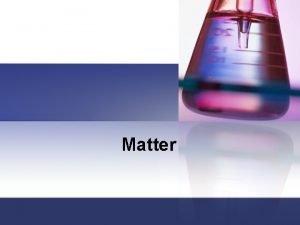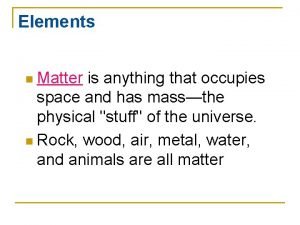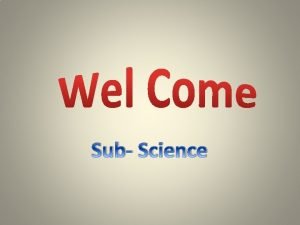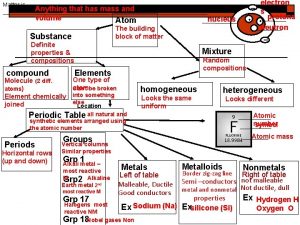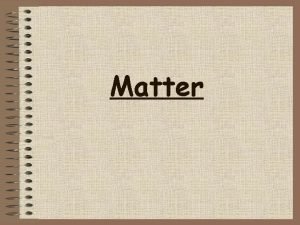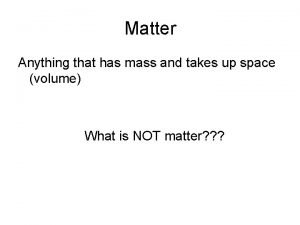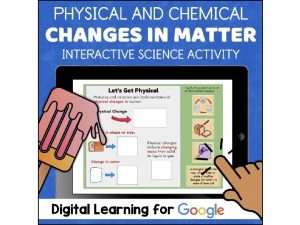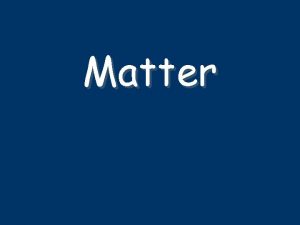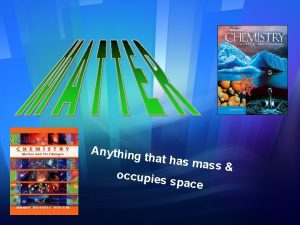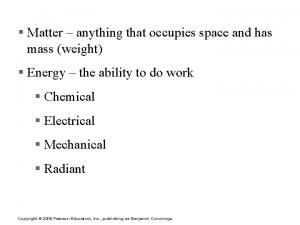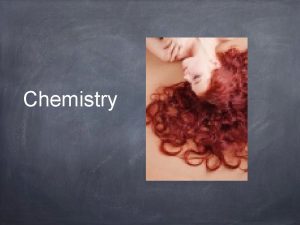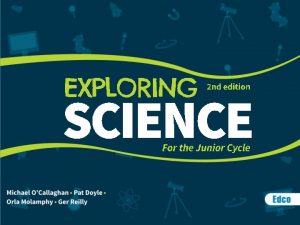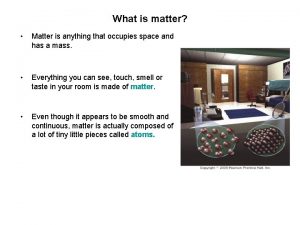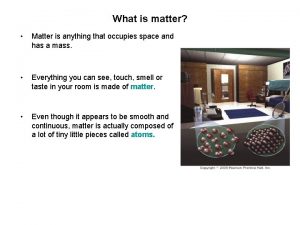MATTER Anything that occupies space has mass MASS












- Slides: 12

MATTER: Anything that occupies space & has mass MASS: Quantity of matter an object has ELEMENTS: Substances composed of only one type of atom (Periodic Table)

• >90% biological mass from 4 elements 1. Carbon (C) 2. Hydrogen 3. Oxygen (O) 4. Nitrogen (H) (N)

ATOMS: Simplest particles of an element that can retain all properties of that element

STRUCTURE OF AN ATOM Nucleus: Central core; contains 2 kinds of particles • Protons: +ve charge • (# protons = atomic #) • Neutrons: no charge Electrons: surround nucleus (-ve charge) • Travel in energy levels (e- cloud) • 1 st energy level = 2 e • 2 nd energy level = 8 e-

• Energy Level Diagram Rules: Fill shells closest to the nucleus first. Up to 2 in the first shell, and up to 8 in the rest. 1. Carbon (C) 2. Hydrogen (H) 3. Oxygen (O) 4. Nitrogen (N)

Atoms have an equal # of electrons & protons = NO CHARGE

COMPOUNDS: Substances made of 2 or more elements; proportions fixed Ex: water (H 2 O)

Bonding • 2 Types: Covalent & Ionic • Form Molecules & Compounds: The simplest parts of substance that retain properties & can exist in free state

Bond formation during chemical reactions • COVALENT BOND: Forms when 2 atoms share e. Ex: O 2

Covalent Bonding http: //www. tutorvista. com/content/chemistry-iii/chemical-bonding/covalent-bonding-animation. php

• IONIC BOND: Forms by electrical attraction between 2 oppositely charged ions that are created by the transfer of electrons. Ion: Atom or compound w/charge Ex: Na. Cl

Ionic Bonding
 What is occupies space and has mass
What is occupies space and has mass Matter is anything that has
Matter is anything that has Matter is anything that
Matter is anything that It is anything that has mass and occupies space
It is anything that has mass and occupies space It is anything that has mass and occupies space
It is anything that has mass and occupies space Matter anything that takes up space
Matter anything that takes up space Matter is anything that has mass and volume.
Matter is anything that has mass and volume. Matter is anything that
Matter is anything that What is mass
What is mass Matter is anything that has
Matter is anything that has Is anything that has mass and takes up space.
Is anything that has mass and takes up space. Anything that has mass and takes up space
Anything that has mass and takes up space Defintion of matter
Defintion of matter

